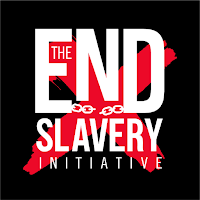3/30-31 Thursday - Friday

Guiding Question: How can we make people more aware of modern slavery around the world? Objectives: Collaborative: Students will work to raise awareness of a form of modern slavery by presenting their PSA to their peers with a score of at least 3/4 according to the rubric. Independent: Students will work to increase their Lexile levels by reading an Achieve article on slavery, completing the first four tabs, and scoring at least 75% on the activity. Standards: 8.7.2 - Trace the origins and development of slavery; its effects on black Americans and on the region’s political, social, religious, economic, and cultural development; and identify the strategies that were tried to both overturn and preserve it (e.g., through the writings and historical documents on Nat Turner, Denmark Vesey). CCRA.R.1 – Read closely to determine what the text says explicitly and to make logical inferences from it; cite specific textual evidence when writin...





